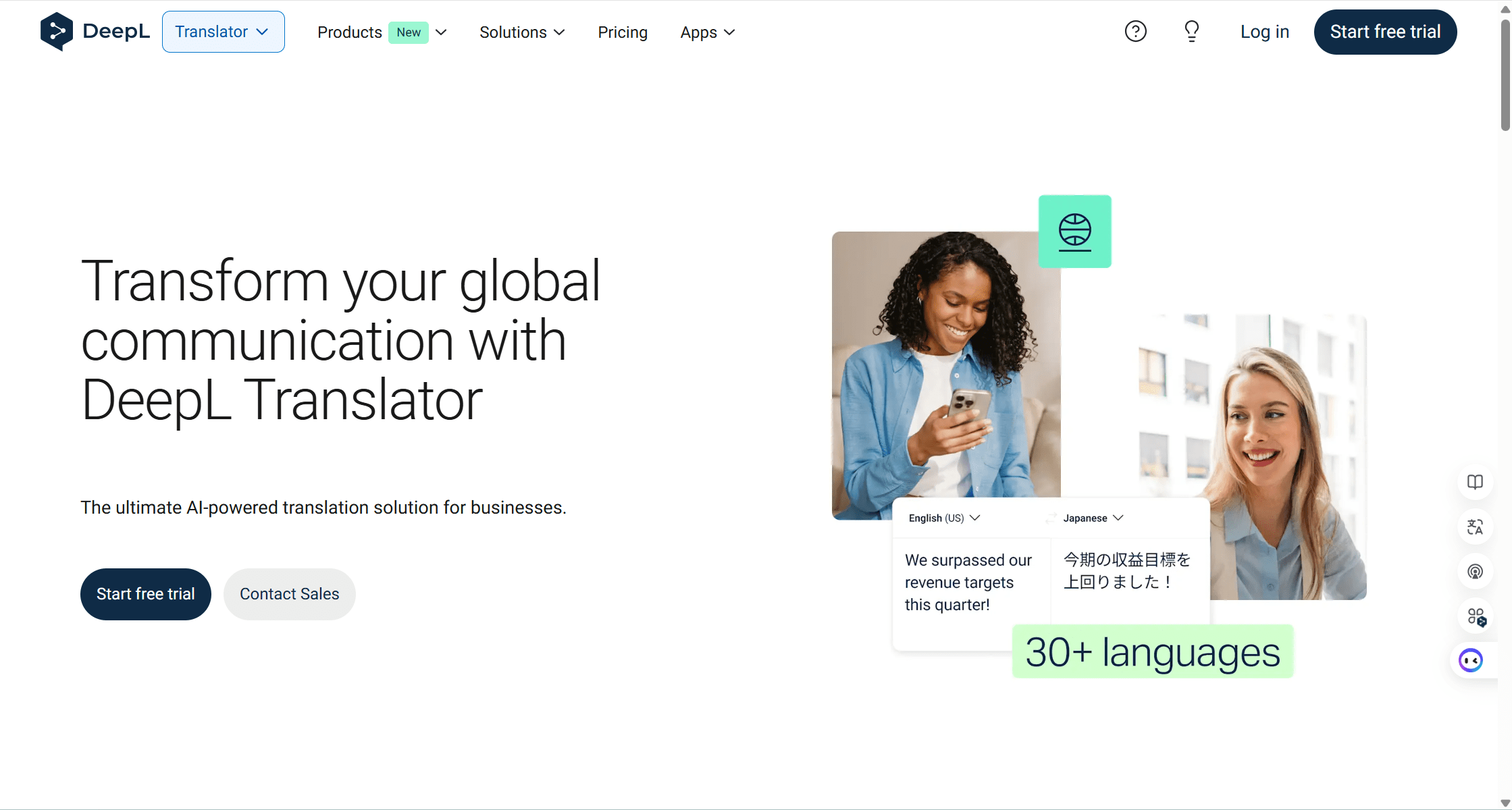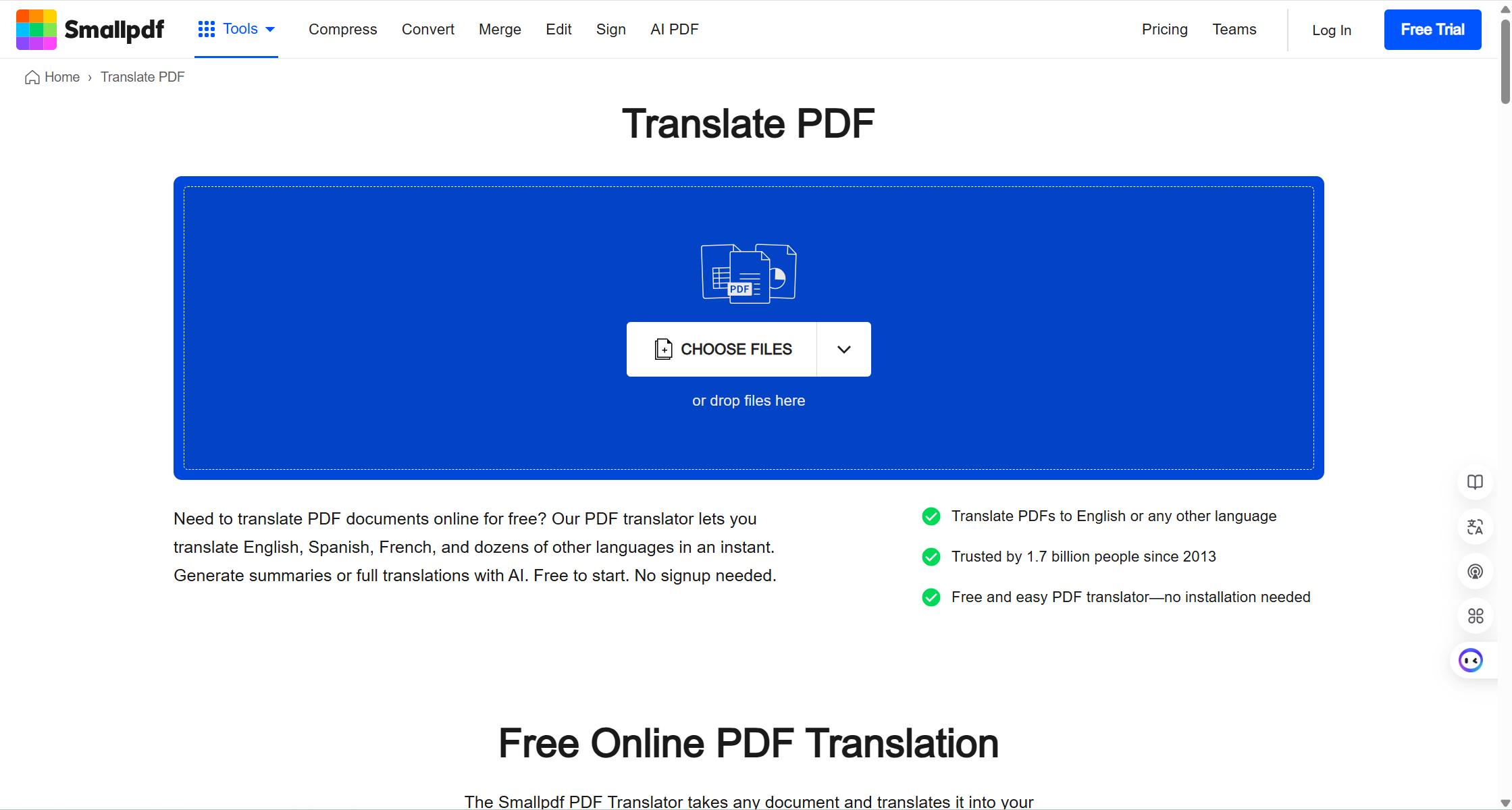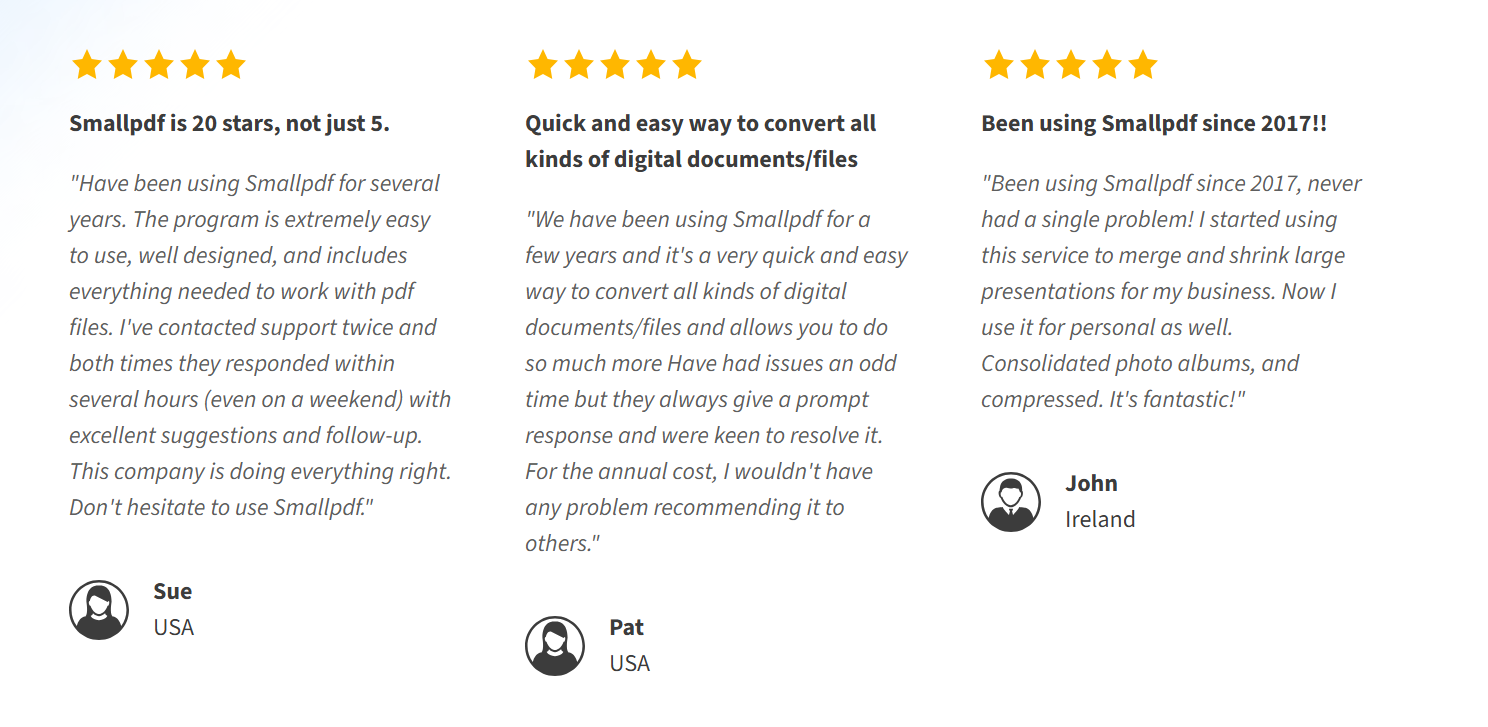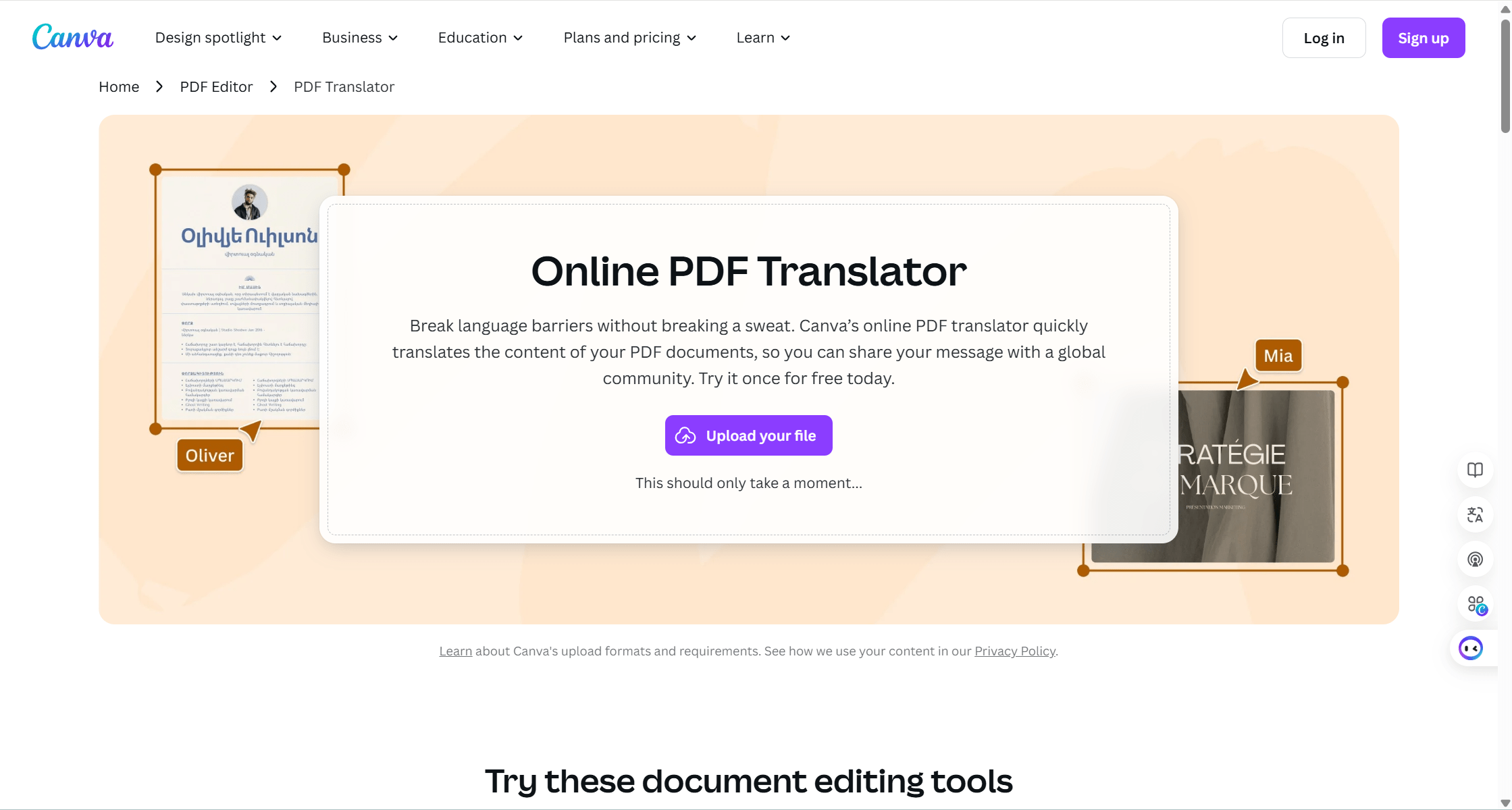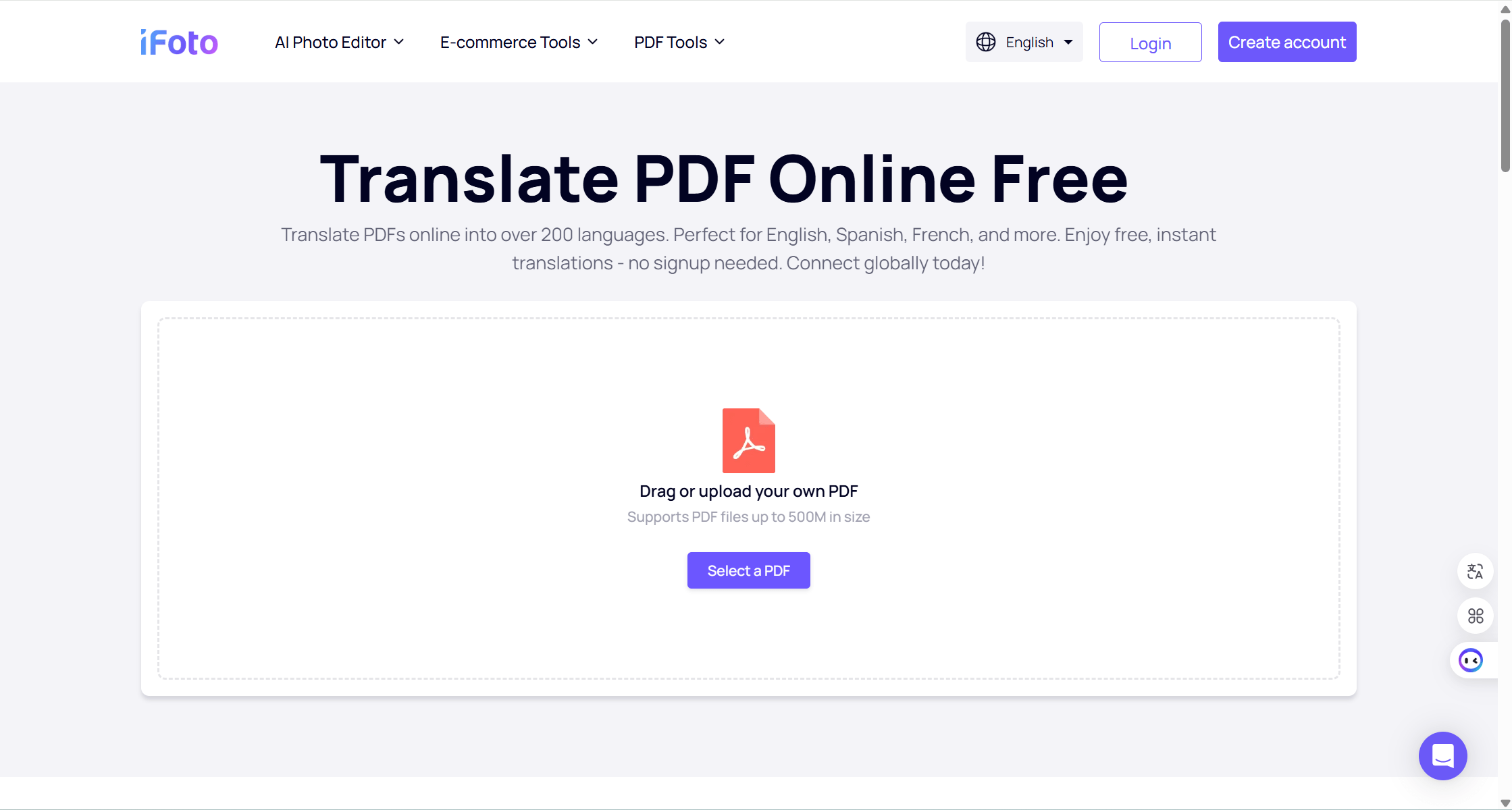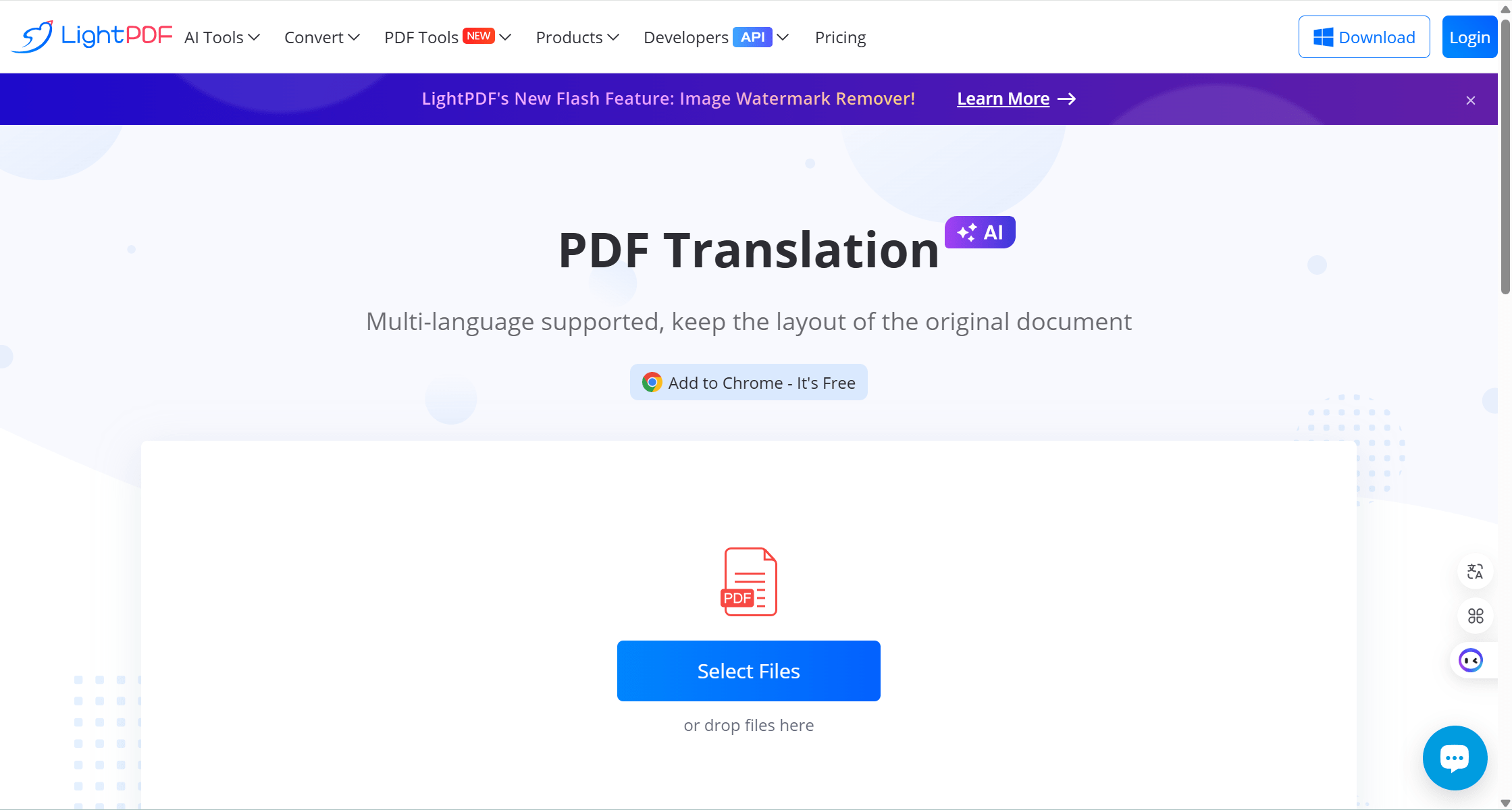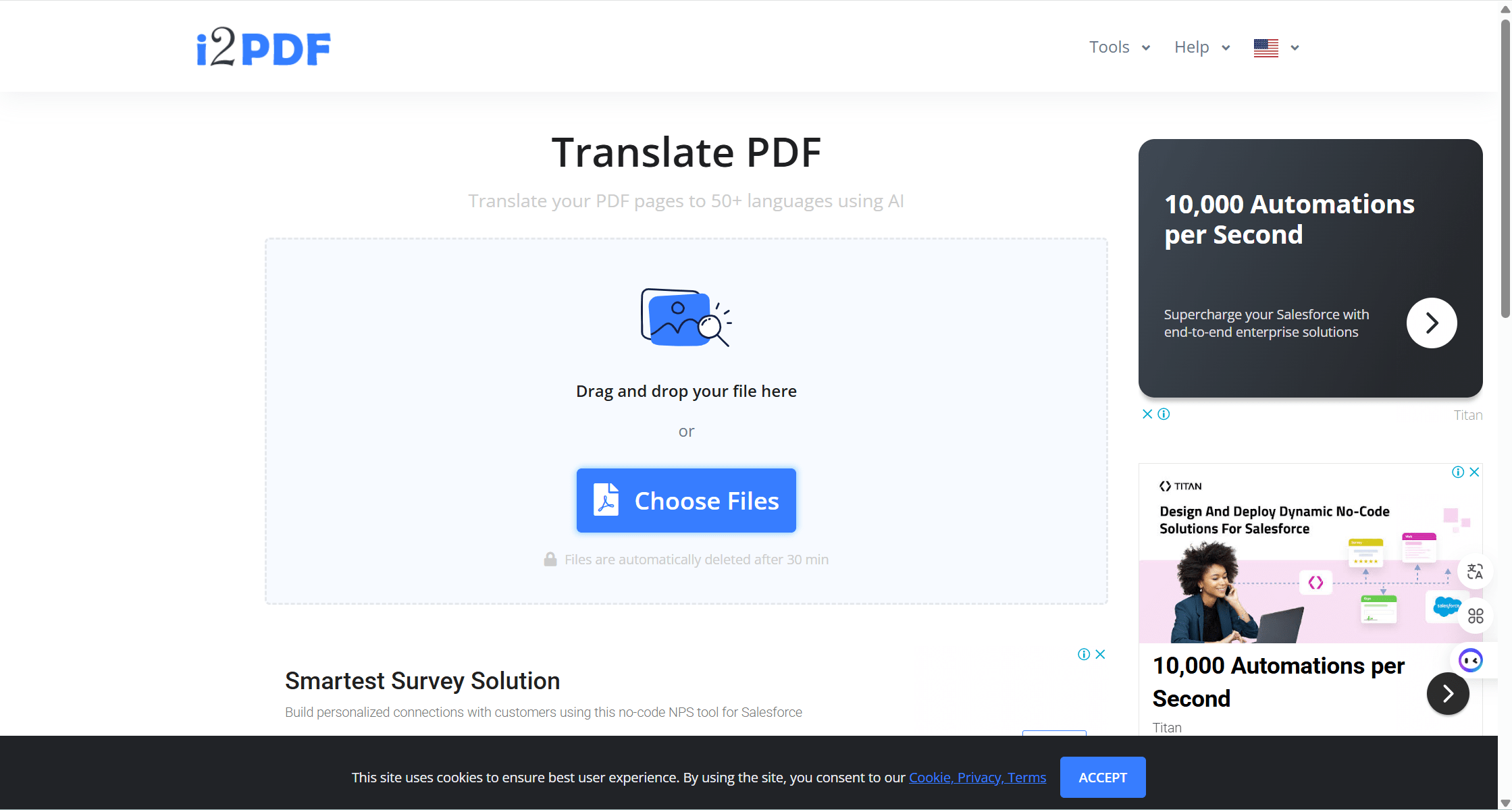If you operate a small business or a medium-sized business, you are most probably a digital nomad residing between your inbox and calendar.
Office PC has Outlook, whereas your mobile has Google. CRM is a probability of existence or it can be an old spreadsheet that someone had started for you that time ago. Meanwhile, the contacts, meetings, and notes are everywhere, on your gadgets and stuff.
You are sitting here and thinking: there are warm leads, and there are great relationships among other things hiding here, at that place, but I do not see a clear picture of who is who, what was discussed last time, or what should happen next.
To really gain value, you materially need a simple, intentional contact management system residing on that synced data.
In this playbook, we will guide you through a practical, step-by-step procedure to run the system of your contacts and calendar in 2026. So, you can become a rapid worker, better follow up, and get more revenue from the data you already have, simply before you spend hard cash on a complicated and big CRM.

1. Choose a Single “Source of Truth” for Your Data
The first and the most critical decision: pick a specific system to be your source of truth.
For the majority of small businesses, this will be:
- Outlook on the desktop
- Or a lightweight CRM that still syncs tightly with Outlook and mobile
- Or another primary contact manager you already trust and use daily
Everything else, your phone’s address book, your Google account, calendar apps should be treated as views of that core database, kept in sync.
Make a simple internal rule: “If it’s not in our primary contact system, it doesn’t exist.” This mentality alone is capable of stopping the disarray of duplicate lists, uncouth spreadsheets, and lonely mobile contacts.
2. Decide What a “Complete” Contact Looks Like
Before you can clean anything, you first need to have a precise definition of what is a “good data” for your business.
At the very least, every significant contact should include:
- Full name
- Email address
- Phone number
- Company
- Job role or title
- City or region
- Lead source (how did they find you)
- Status (lead, prospect, customer, past customer)
- One or more categories or tags
If your tool supports custom fields, add a few that directly support sales and service, such as:
- Product or service of interest
- Renewal or contract date
- Account owner on your team
Write this down in a simple internal document. When anyone adds or edits a contact, they aim to complete as many of these fields as possible. Consistency here is what unlocks segmentation, reporting, and better marketing later.
3. Clean Up Your Existing Contacts (Once, Properly)
The majority of contact databases are in disarray: duplicates, non-existent emails, missing names, random capitalization, and old prospects that are still marked as “new.”
A single clean-up is really worthwhile:
- Export contacts from your primary system to a spreadsheet.
- Use filters to find incomplete rows with no name, no email, and no phone. Decide whether to fix or remove.
- Normalize formatting for names, phone numbers, and company names.
- Merge duplicate contacts so you have one complete record instead of several partial ones.
- Re-import into your main system or use built-in merge tools if available.
After this deep cleaning, your sync tools can push that cleaned, structured data on to other devices, not multiplying the mess.
4. Build a Simple, Strategic Tag and Category System
The place where your contact database first starts to behave like a real CRM is the tags and categories.
You don’t need an army of labels. All you need is a short list of real business decisions mapped.
Think about the tags or categories in four groups:
- Lifecycle
- New lead
- Active prospect
- Active customer
- Past customer
- New lead
- Type
- Partner
- Vendor
- Reseller
- Press / media
- Industry or use-case
- Real estate
- Professional services
- Healthcare
- Manufacturing
- Non-profit
- Engagement
- Newsletter subscriber
- Webinar or event attendee
- Downloaded a specific resource
- High-touch account
The criteria are straightforward: whenever you think, “I wish I could draw a list of these individuals only,” undoubtedly that’s a tag you may need to append.
5. Connect All Channels to Your Main Contact System
Potential customers come into your life in ever so many ways:
- Through Web forms
- Newsletter signups
- Social media messages
- Phone calls and walk-ins
- Events and conferences
- Referrals from existing customers
Your goal is that all of these channels will arrive at the same, structured, contact database.
To mention a few practical things to do:
- Make web forms that directly send data to your primary system or a dedicated inbox that you are going to process regularly.
- Add the leads received from events and phone contacts straight into your mobile contacts (with appropriate tags) and thus will be synchronized back to your primary system.
- Use unified tags like “web lead,” “event lead,” “”referral”” to gauge which channels actually bring forth customers.
A lot of small businesses especially can benefit from this since they lose a great deal of value: leads are only reflected in one inbox, on one device, or in an employee’s head.
6. Use Your Calendar as the Follow-Up and Pipeline Tool
Your calendar is more than a schedule; it is really the organic live history of your customer relationships.
Thus, you need to stop viewing appointments as one-off events but rather as milestones in your pipeline:
- When you book a call with a new lead, immediately schedule a follow-up task or event at the same time.
- After a proposal meeting, block time a few days later to check in.
- Use recurring events for quarterly or annual reviews with your best customers.
This way, your calendar contains not just what you have done, but your plan for the next things to come as well. So, you will not need any more relying on either your memory or sticky notes to move the deal along.

7. Create Simple Workflows Around Contacts and Meetings
You don’t need complex automation to develop great habits. By implementing just a handful of efficient workflows, your data can become significantly more valuable.
New lead workflow
- Create or update contact in your primary system.
- Fill in core fields (source, status, tags).
- Add a short note about what they need or asked about.
- Schedule the first follow-up in your calendar.
After-call workflow
- Open the contact record.
- Add a dated note with key points, objections, and next step.
- Update status or tags if their situation has changed.
- Schedule a follow-up event or task.
After-sale workflow
- Change status to customer.
- Add tags for product or service purchases.
- Schedule onboarding, check-ins, and renewal reminders.
These workflows take minutes to execute but save hours of confusion later.
8. Use Simple Automation to Multiply Your Effort
Once you gain control over your data, you can easily introduce small layers of automation to it:
- Email templates for common situations: new lead intro, post-demo follow-up, renewal reminder.
- Automated thank-you emails after a form submission or event registration.
- Recurring tasks or reminders for long-term follow-up, such as checking back with a lead who said “not now, maybe next quarter.”
Your contact records are accurate and segmented, modest automation can feel personal and relevant instead of being robotic.
9. Measure the Basics and Let the Numbers Guide You
You neither need a full analytics department, nor do you need complex answers to simple questions:
- Which lead sources have turned out to be the most valuable in the past six to twelve months?
- Which industries or customer types are easiest to serve and most profitable?
- How many new contacts did you add last quarter, and how many of them became paying customers?
- How long does it usually take for a lead to convert, if it happens at all?
If you have a structured system, you can extract data to a spreadsheet and in one afternoon you will be able to respond to the questions above. You can then confidently guess on what to expand and what direction to restrain rather than just making a guess.
If you need assistance to turn these revelations directly into your marketing and website strategy, the people over at Weblish can definitely help you utilize their specialization between bridging data and growth.
10. Keep Your System Simple Enough That You’ll Actually Use It
The existence of the world’s most thorough CRM will be futile if no one ever updates it.
How your contact management system deals with the work you do should be as relieving and natural as if you were not using it:
- It should be accessible from both the desktop and mobile
- It should be easy to provide feedback after a call or a meeting
- It should be plainly set out so that everybody conforms to the same mechanism
If you keep the structure light, use syncing instead of manual copying, and create just a few clear workflows, you will definitely adhere to it-and this adherence is what will make the difference.
After a while, your contact database becomes more than simply a list. It will materialize into a valuable asset: an accurate, living map of your market, your relationships, and your opportunities.
Once you have that simple structure in place, you can then lay a higher-converting website, SEO strategy, and better funnels on top of it. Partnering with a specialist like Weblish digital marketing agency can help turn that well-organized data into a true lead and revenue engine.





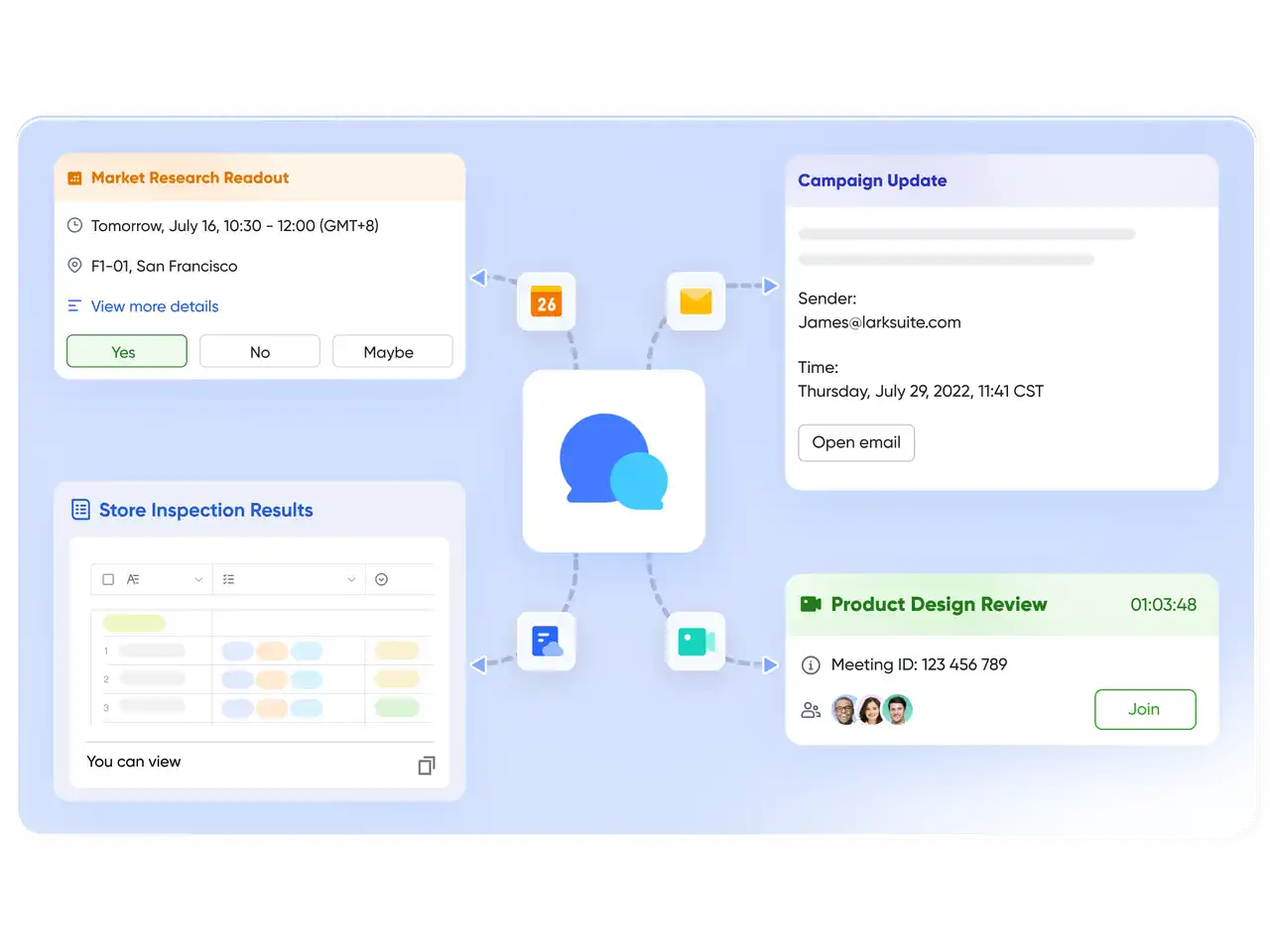
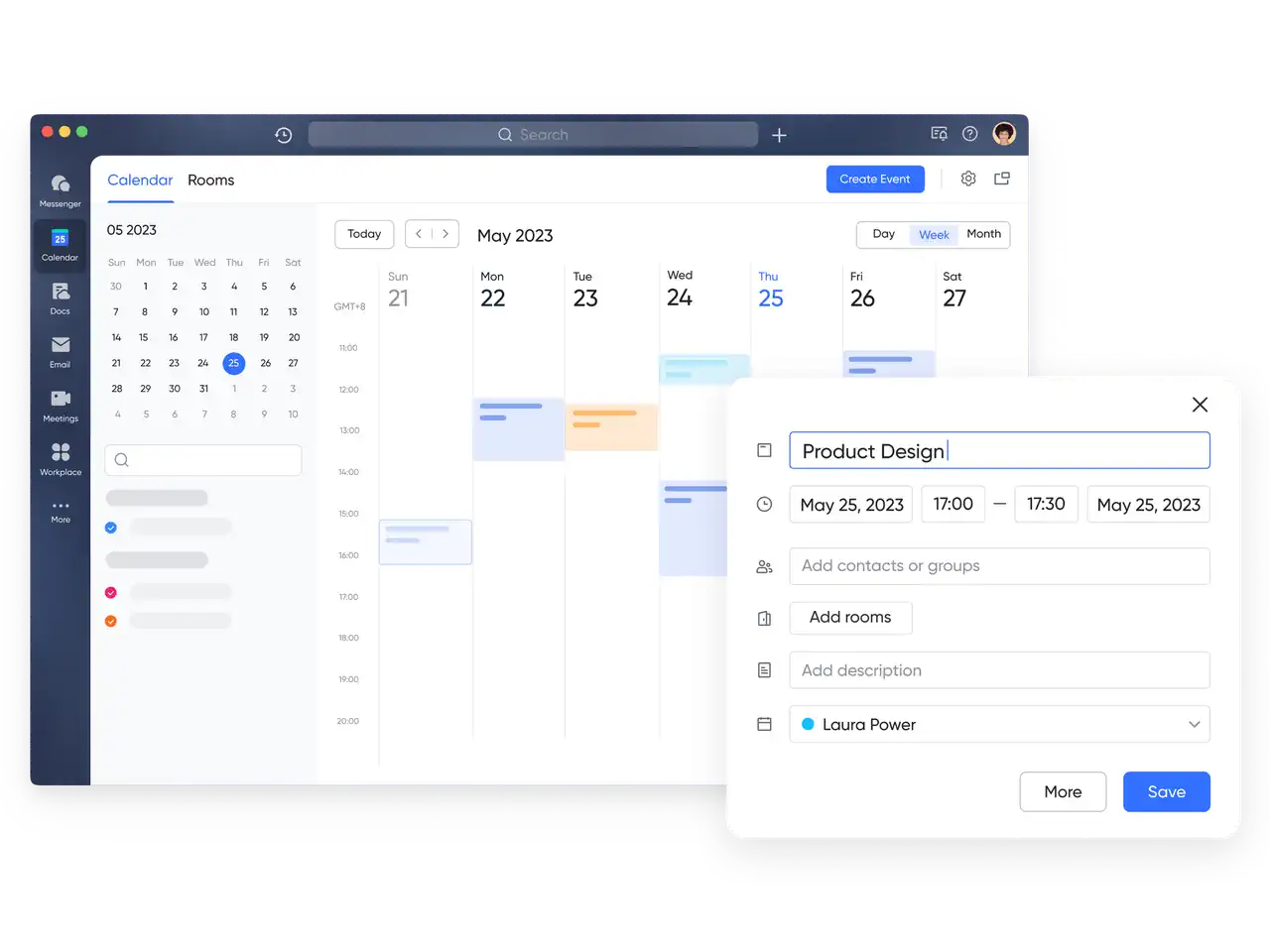











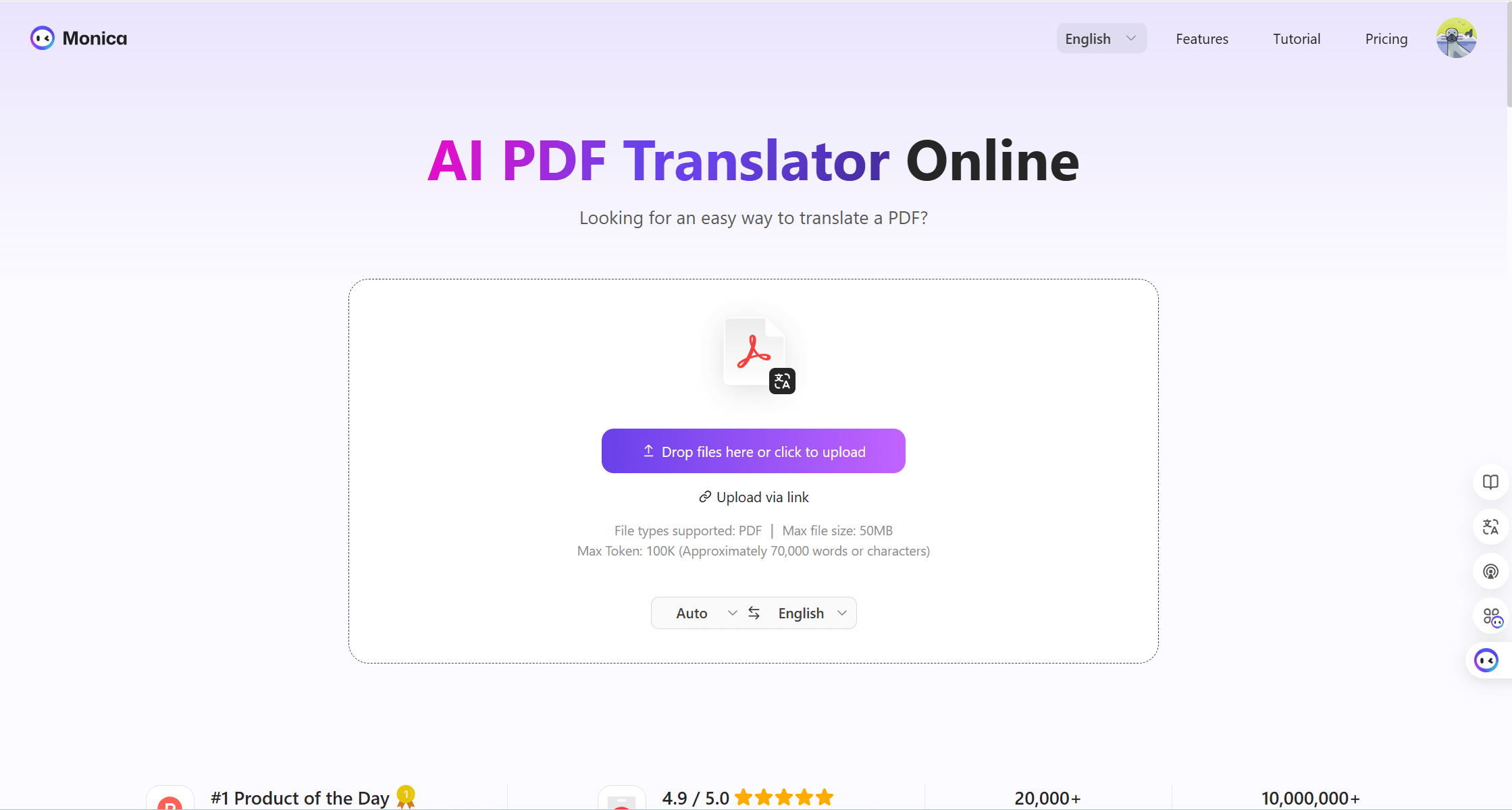
 Click “Translate” to generate the translated document.
Click “Translate” to generate the translated document.
